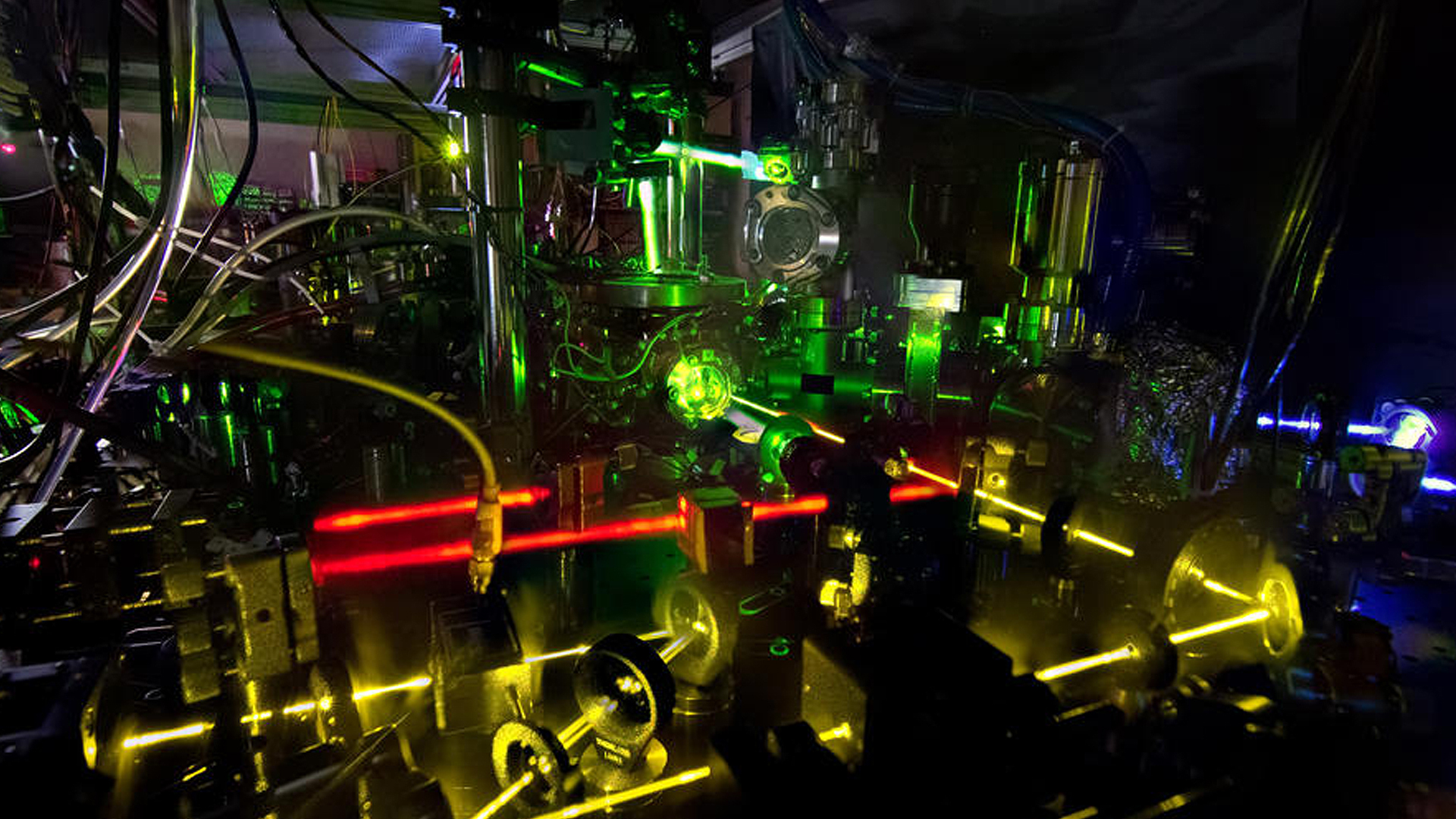As technological advancements surge forth with unprecedented momentum, atomic clocks have emerged as bastions of precision timekeeping, a fact that cannot be overstated in both scientific and practical contexts. These remarkable instruments, which utilize the oscillations of atoms—predominantly cesium or rubidium—to mark time with extraordinary accuracy, have piqued the interest of various sectors, from telecommunications to global positioning systems. The question of when atomic clocks will transition from specialized equipment to commonplace artefacts deserves careful exploration.
To apprehend the future ubiquity of atomic clocks, one must first acknowledge the varying types of atomic clocks currently in existence. In this regard, they can be broadly categorized into two principal types: traditional atomic clocks and emerging quantum clocks. Traditional atomic clocks, employing techniques such as microwave spectroscopy, are the workhorses of modern timekeeping. They provide time measurements with an accuracy of about one second over millions of years. On the other hand, quantum clocks, a nascent technology leveraging the quantum properties of matter, promise to take precision to a whole new dimension, potentially achieving accuracies that far exceed those of their predecessors.
One primary determinant of the widespread adoption of atomic clocks is the quest for affordability. At present, the high cost associated with the construction and maintenance of atomic clocks restricts their availability to institutions such as national laboratories, universities, and certain private research facilities. An infusion of innovation and competition within the atomic clock market could catalyze a decrease in price. The advent of chip-scale atomic clocks, which use miniaturization techniques to reduce size, weight, and cost, exemplifies the potential trajectory toward more accessible timekeeping solutions. With ongoing research and development efforts, it is conceivable that these compact devices could be fabricated for widespread consumer use.
Furthermore, the role of partnership between academia and industry cannot be understated in this context. As collaborative initiatives proliferate, especially in technology transfer and commercialization, the progression from laboratory prototypes to practical applications becomes more plausible. The synergy between scientists and engineers often leads to breakthroughs that bridge the gap between theoretical advancements and real-world implementations. The convergence of research trends, development programs, and market demand will likely create an ecosystem favorable to the proliferation of atomic clocks.
Another critical aspect pertains to regulatory frameworks and standardization. For atomic clocks to achieve commonplace status, a universal set of standards governing their operation, accuracy, and certification must be instituted. The International System of Units (SI) has already recognized the second, defined by the oscillations of cesium-133 atoms, yet as the technology advances, updates to definitions and standards will be necessary. Achieving global consensus within regulatory bodies will be essential to ensure the calibration and reliability of atomic clocks, thereby fostering greater trust among end users.
Consumer acceptance remains a pivotal factor in the mainstream adoption of atomic clocks. Presently, the public’s awareness of atomic timekeeping tends to be minimal, often relegated to niche markets. For atomic clocks to penetrate everyday consumer technologies, education and outreach initiatives are paramount. Demonstrating the utility of atomic clocks—such as their applications in financial transactions, navigation systems, and digital communications—will catalyze a paradigm shift in public perception. Furthermore, as society continues to embrace the Internet of Things (IoT), the integration of atomic clocks into connected devices may represent a gateway to enhanced consumer familiarity and comfort with the technology.
It is also crucial to analyze the socio-economic implications tied to the commonality of atomic clocks. With precise timekeeping underpinning critical infrastructure such as telecommunications networks, energy grids, and transportation systems, the normalization of atomic clocks could yield significant socioeconomic benefits. Enhanced accuracy would facilitate not only improved efficiency in these sectors but also mitigate risks associated with time-dependent processes and operations. By reducing errors caused by inadequate time synchronization, atomic clocks could bolster reliability across various dimensions of modern life.
Moreover, the looming specter of quantum technology presents an intriguing dimension to this discourse. Quantum clocks, still in their infancy, redefine traditional paradigms of timekeeping. As these devices evolve, they could potentially find applications in areas beyond mere time measurement, influencing fields such as material science, navigation, and fundamental physics research. The sophistication of quantum clocks may illuminate new pathways for understanding the nature of time itself and, consequently, prompt a reconsideration of temporal constructs in numerous disciplines.
In conclusion, the trajectory toward the ubiquitous adoption of atomic clocks is multifaceted and fraught with challenges and opportunities. As the interplay of affordability, partnerships, regulatory frameworks, consumer acceptance, and socio-economic implications shapes this journey, it becomes evident that a confluence of factors will dictate the timeline for their commonality. While the exact moment when atomic clocks will become as commonplace as wristwatches or smartphones remains indeterminate, the trajectory is promising, suggesting that society stands on the precipice of a temporal revolution that could redefine our understanding and utilization of time.












